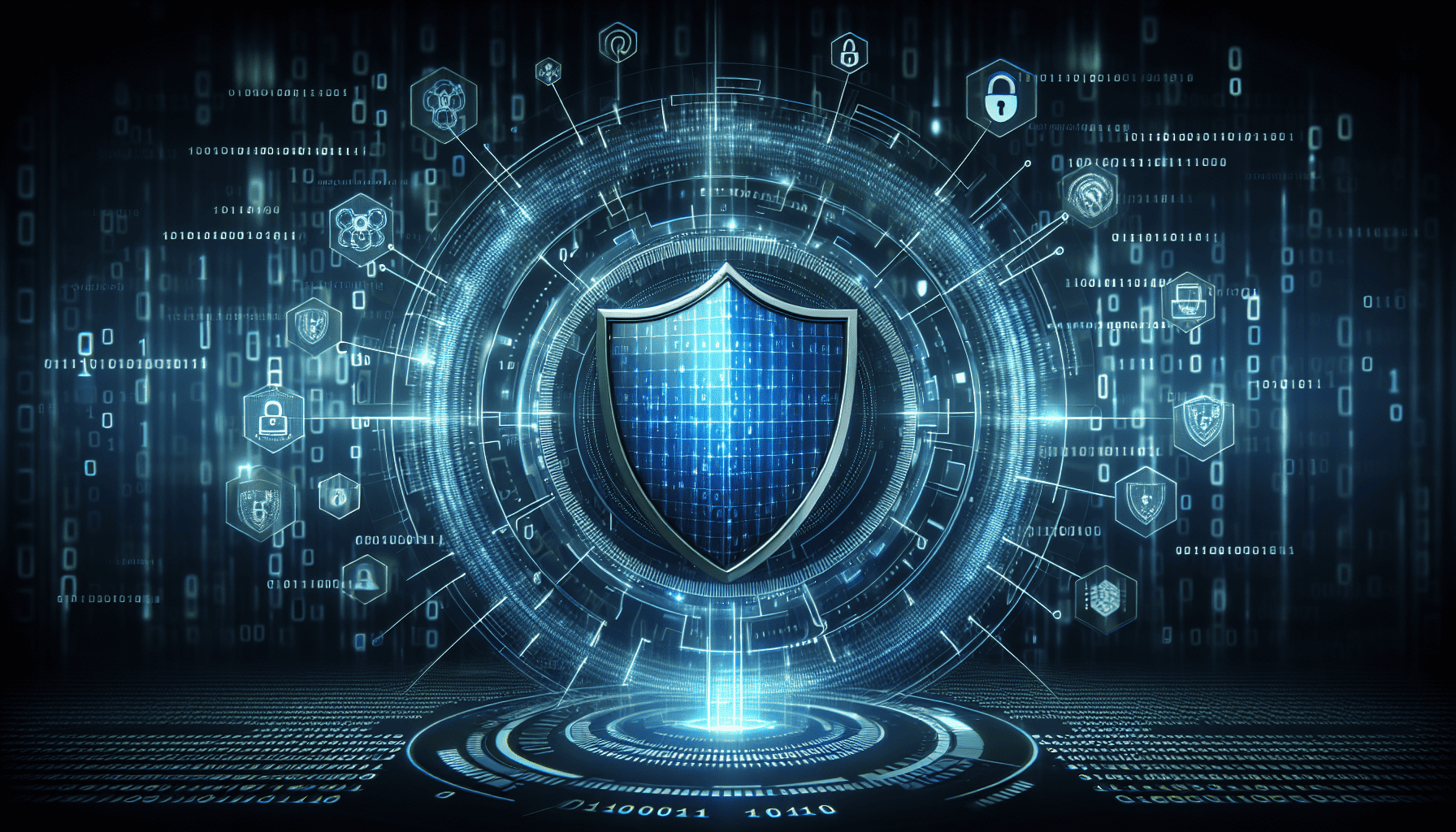In today's rapidly changing world, where digital transformation is accelerating at an unprecedented pace, cybersecurity has emerged as a critical concern. With everything from personal communications to business operations increasingly relying on digital platforms, the need to protect our digital assets has never been more pressing. This article explores the emerging threats in the digital landscape and offers practical advice on how to safeguard your online presence.
The Rise of Digital Dependence
The COVID-19 pandemic has expedited the shift toward digital solutions, making remote work, online shopping, and virtual interactions a norm. While this digital shift has brought convenience and efficiency, it has also opened the door to a myriad of cybersecurity threats. Cybercriminals are constantly evolving their tactics, using sophisticated methods to exploit vulnerabilities.
Emerging Cyber Threats
-
Ransomware Attacks Ransomware remains one of the most pervasive threats. Cybercriminals use malicious software to encrypt a victim's data and demand a ransom for its release. The attacks can target anyone, from small businesses to large corporations and even individuals, causing significant financial and reputational damage.
-
Phishing Scams Phishing scams, where attackers trick individuals into providing sensitive information like passwords and credit card numbers, continue to be a major issue. These scams often exploit human psychology, using emails or messages that appear to be from reputable sources.
-
IoT Vulnerabilities The Internet of Things (IoT) connects billions of devices worldwide, from smart home gadgets to industrial machinery. However, the proliferation of these devices often comes with inadequate security measures, making them ripe targets for cyber-attacks.
-
Zero-Day Exploits Zero-day exploits take advantage of software vulnerabilities that developers have not yet patched. These attacks are particularly dangerous because they can go undetected for extended periods, causing extensive damage before they are discovered.
Protecting Your Digital Assets
-
Regular Software Updates Keeping your software up-to-date is one of the most effective ways to protect against cyber threats. Developers continuously release patches to fix vulnerabilities, and applying these updates promptly can prevent attacks.
-
Strong Passwords and Authentication Using strong, unique passwords for different accounts is crucial. Additionally, enabling multi-factor authentication (MFA) adds an extra layer of security, making it more difficult for cybercriminals to gain access to your accounts.
-
Employee Training and Awareness Human error is often a significant factor in successful cyber-attacks. Training employees to recognize phishing attempts and follow cybersecurity best practices can significantly reduce the risk of breaches.
-
Backup Your Data Regularly backing up your data ensures that you can recover quickly in the event of a ransomware attack or other data loss incidents. Ensure that backups are stored securely and are not connected to your primary network to prevent contamination.
-
Use of Security Software Investing in reputable antivirus and anti-malware software can act as a robust defense against many common cyber threats. These tools can detect and eliminate malicious software before it causes harm.
The Future of Cybersecurity
As technology continues to evolve, so too will the landscape of cybersecurity. Concepts like quantum computing and artificial intelligence will bring both challenges and solutions. Quantum computing, for instance, could potentially break current encryption methods, but it could also lead to the development of more secure encryption techniques. Similarly, AI can be leveraged to detect and respond to threats more efficiently, although it could also be used by cybercriminals to automate attacks.
Conclusion
In an increasingly digital world, the importance of cybersecurity cannot be overstated. Emerging threats require a proactive and informed approach to protect digital assets. By staying updated on the latest security measures and adopting best practices, individuals and businesses can fortify their defenses against the ever-present dangers in the digital realm.
As we continue to navigate this digital transformation, let us remember that cybersecurity is not just a technical issue but a fundamental aspect of our digital lives. Investing time and resources into robust security measures today can save us from severe consequences in the future.
